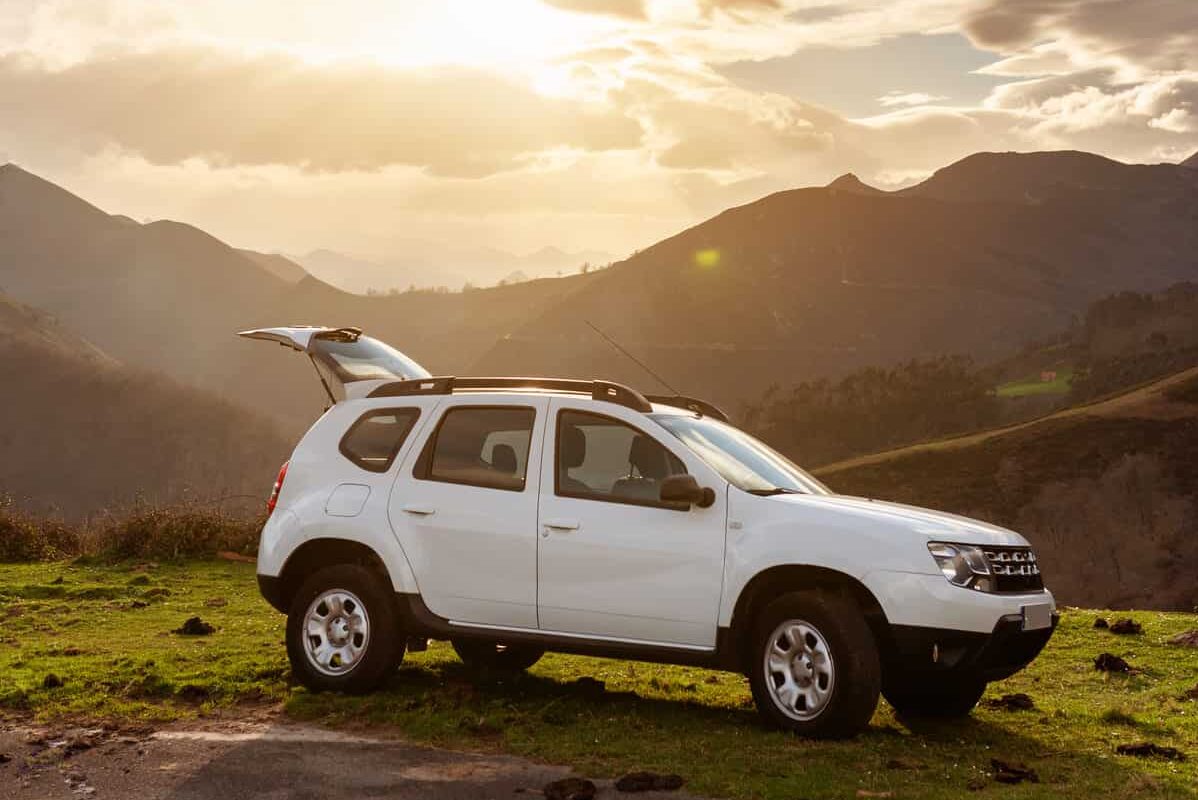Over the years, SUVs have evolved from rugged utility vehicles to luxury family cars. Their market is growing and appeals to a wide range of people who want versatility, comfort and performance. They suit different lifestyles, from urban commuting to adventure trips.
What is an SUV?
SUVs, also known as 4x4s, are vehicles for all terrain. They have higher ground clearance for off-road driving. They are popular for family trips because of their space inside.
Many prefer SUVs for daily commutes and long drives. They offer a comfortable ride with enough space for passengers and luggage. Their robust build makes them reliable in all weather conditions.
SUVs come in different options, including fuel-efficient models. This gives consumers a choice based on their needs and preferences. Airbags and stability control are common in SUVs.
SUV design often comes with higher seating positions. This gives the driver a better view of the road and more confidence in driving. Style and practicality is what many drivers love about SUVs.
In recent years, hybrid and electric SUVs have become popular. They offer eco friendly options for those who want to reduce their carbon footprint. These models combine modern technology with traditional SUV features for a balanced driving experience.
References
- Car and Driver. What Is an SUV?. Retrieved from on 23 September 2024.
- Wikipedia. SUV. Retrieved from on 23 September 2024.
What is the History of SUVs?
The history of SUVs started in the 1930s. The first models like Chevrolet Suburban in 1935 were utility vehicles. These early SUVs served military and commercial purposes during World War II.
In the 1950s, models like Willys Jeep Station Wagon became popular. These vehicles combined ruggedness with passenger comfort and became family favorite.
The 1960s saw more consumer-oriented SUVs. Ford Bronco in 1966 was targeted to outdoor enthusiasts and became an icon of American culture.
By the 1980s, SUVs like Jeep Cherokee had luxury features. This expanded their appeal and attracted new buyers who wanted both style and functionality.
The 1990s was the boom of SUVs. Models like Toyota RAV4 in 1994 introduced compact SUVs which offered versatility and efficiency.
Today, SUVs are evolving. They now have hybrid and electric options, combining traditional strengths with modern technology to cater to the different needs of consumers.
References
- Wikipedia. SUV History. Retrieved from on 23 September 2024.
What are the Characteristics of SUVs?
SUVs, or Sport Utility Vehicles, have unique features. They have higher ground clearance to conquer rough roads and off road trails.
These vehicles have boxy shape, more space inside. This design can accommodate more passengers and cargo, perfect for families and travel enthusiasts.
SUVs have powerful engines. This power supports heavy towing and performance in different driving conditions, snow and mud.
All drive (AWD) or four-wheel drive (4WD) is common in SUVs. These systems improve traction and stability, especially on slippery or uneven surfaces.
SUVs have advanced airbags, anti-lock brakes and electronic stability control. These features protects passengers in case of accidents.
Modern SUVs balance style with utility. They have luxury features like leather seats, touchscreen displays and premium sound systems for drivers who want comfort and sophistication.
Fuel efficiency varies in SUVs. Some models prioritize performance, others have hybrid or electric options to cater to environmental and economic needs.
References
- Ridgeback Bodies. What Are the Features of a Sport Utility Vehicle?. Retrieved from on 23 September 2024.
- Jetour UAE. Features of a Best Affordable SUV Car. Retrieved from on 23 September 2024.
What are the Types of SUVs?
SUVs come in different types, each to cater to different needs and preferences. Here are the main types:
- Compact SUVs: These are smaller and more fuel efficient. Easy to maneuver in city traffic and has good cargo space.
- Mid-Size SUVs: Balances space and efficiency. Popular for family use, has more room without being too big.
- Full-Size SUVs: Big in size, can seat many passengers. Great for big families and heavy towing.
- Crossover SUVs: Built on a car platform, has a smoother ride. Mix of SUV and passenger car features, perfect for urban and rural use.
- Luxury SUVs: Has high end features like premium interiors and advanced technology. Offers a luxurious experience with the capabilities of an SUV.
- Off-Road SUVs: Designed for rough terrain, has strong and durable tires. Perfect for adventure seekers who love to go off the beaten path.
Each type of SUV suits different lifestyle, consumers can find the right one for their needs.
References
- Mahindra South Africa. Top 10 Benefits of SUV Cars. Retrieved from on 23 September 2024.
How the Sport Utility Vehicle Evolve?
SUVs have evolved a lot since its early days. Originally designed for rough terrain, they have become versatile vehicles for different needs.
In the 1930s, SUVs like the Chevrolet Suburban were focused on utility. Over the years, they became popular for durability and space, for families.
In the 1980s, SUVs had luxury features. This opened up the market to more consumers, beyond off-road enthusiasts to urban drivers who want style and comfort.
Manufacturers introduced compact and crossover SUVs in the 1990s. These models are more fuel-efficient and easier to handle, perfect for city driving.
Today, SUVs continue to evolve with hybrid and electric options. These are to meet environmental standards and consumer demands for greener transportation.
SUVs now balance technology with tradition and have features like advanced safety systems and connectivity options. Still a popular choice for different lifestyles and preferences.


